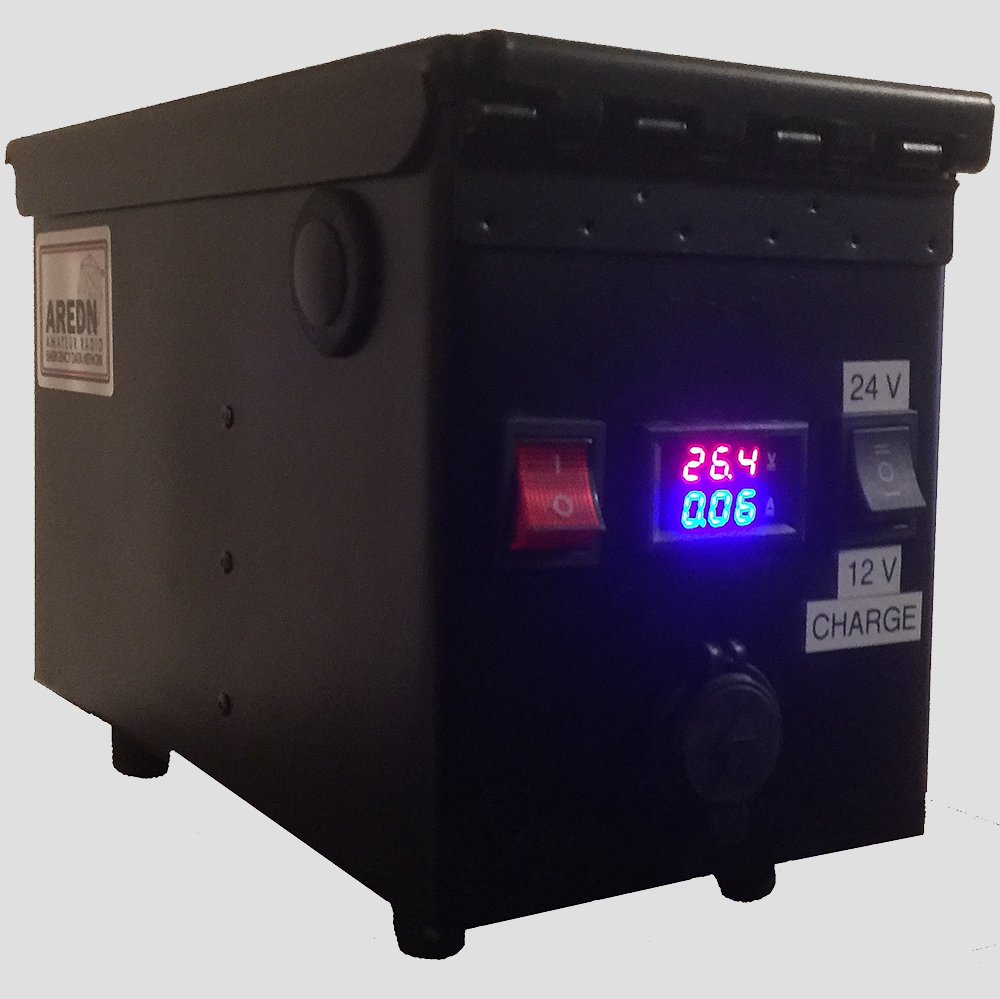Communicate - Construct - Experiment - educate
Four Pilars of Amateur Radio Activity


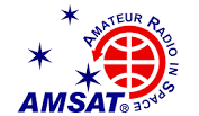



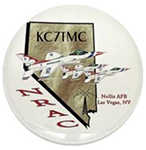


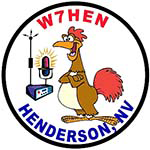
Contact: kb7hta@kb7hta.com
NEWS
Las Vegas Amateur Radio Balloon News
ALP40-E: June 4, 2025, at 0318 UTC, the balloon was over the Pacific 300 miles (485 Km) West of Wake Island. The balloon/payload status is nominal, with a speed of 35 MPH (56 KPH) at an altitude of 45,866’ (13,980 m). The SondeHub tracking website forecasts the balloon will continue to circle the area where it currently located in next few days. ALP40-E can be tracked during daylight hours HERE or on WSPRNet (enter 10 m, EA1KT, 1 hour and click update). The Reverse Beacon Network RBN has received over 100+ CW spots. For more information about TALARC Pico-Balloons, use the table with links below.
The American Legion Amateur Radio Club Post 40 (TALARC) Balloon Launches
| Balloon Designation | Balloon Status | Construction | Launch Date/Info | Tracking Website | Flight Info/Analysis |
|---|---|---|---|---|---|
| ALP40 – I | DOWN | ALP40-I Design | April 28, 2025 | Traquito Spot | ALP40-I Archive |
| ALP40 – H | DOWN | ALP40-H Design | April 6, 2025 | Traquito Spot | ALP40-H Archive |
| ALP40 – G | DOWN | U4B/SolarPan/Bat | February 6, 2025 | Traquito Spot | ALP40-G Archive |
| ALP40 – F | DOWN | U4B/SolarPan/SCap | January 22, 2025 | Traquito Spot | ALP40-F Archive |
| ALP40 – E | UP | U4B/SolarPan/SCap | November 28, 2024 | Traquito Spot | ALP40-E Current |
| ALP40 – D | DOWN | U4B/SolarPan/Bat | November 8, 2024 | Traquito Spot | ALP40-D Archive |
| ALP40 – C | DOWN | U4B/SolarPan/SCap | June 5, 2024 | Not Tracked | ALP40-C Archive |
| ALP40 – B | DOWN | U4B/SolarPan/Bat | April 10, 2024 | Traquito Spot | ALP40-B Archive |
| ALP40 – A | DOWN | U4B/SolarPan/SCap | February 3, 2024 | Traquito Spot | ALP40-A Archive |
Small Super Capacitor Battery
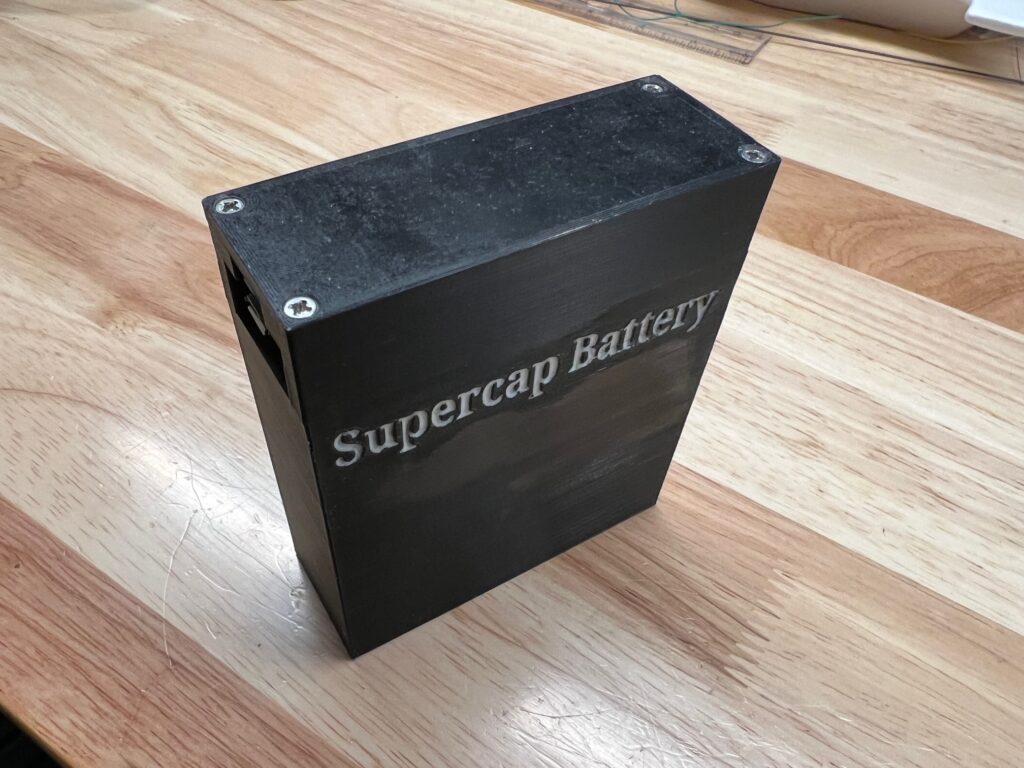
My objective was to build a small portable Super Capacitor Battery for charging an Android Phone or Tablet. The major components of the design are a 3D printed case, 3 x 4000 Farad 4.2 Volt Super Capacitors, USB C to 4.2 Volt battery charger, DC-DC converter and USB A connector. See the photo below.
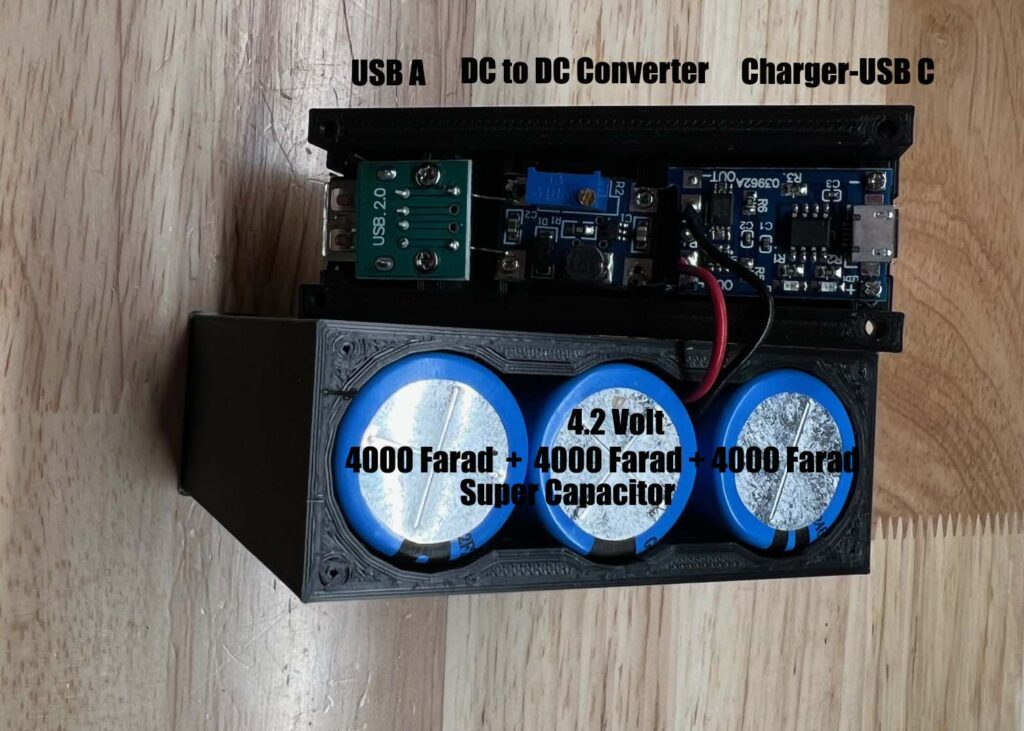
The Super Capacitor Battery in theory could output a regulated 5 Volts at 3 amps to the USB A socket. Most devices when charging are happy to get 5 Volts at 1 amp. Assuming this is true, the battery could supply one amp to the DC-DC converter for over 3 hours, with the voltage on the capacitors dropping from 4.2 Volts to 3.2 Volts. See the chart below.

I have tested the Super Capacitor Battery by charging a Samsung Galaxy Tab A and a Samsung Z Flip 3 Phone. See the photo below. The battery seems to work well.
Further testing needs to be done to determine if the battery lives up to the theoretical calculations discussed above. Also, I would like to see if the battery would power a Raspberry Pi or Arduino Uno. Stay tuned.
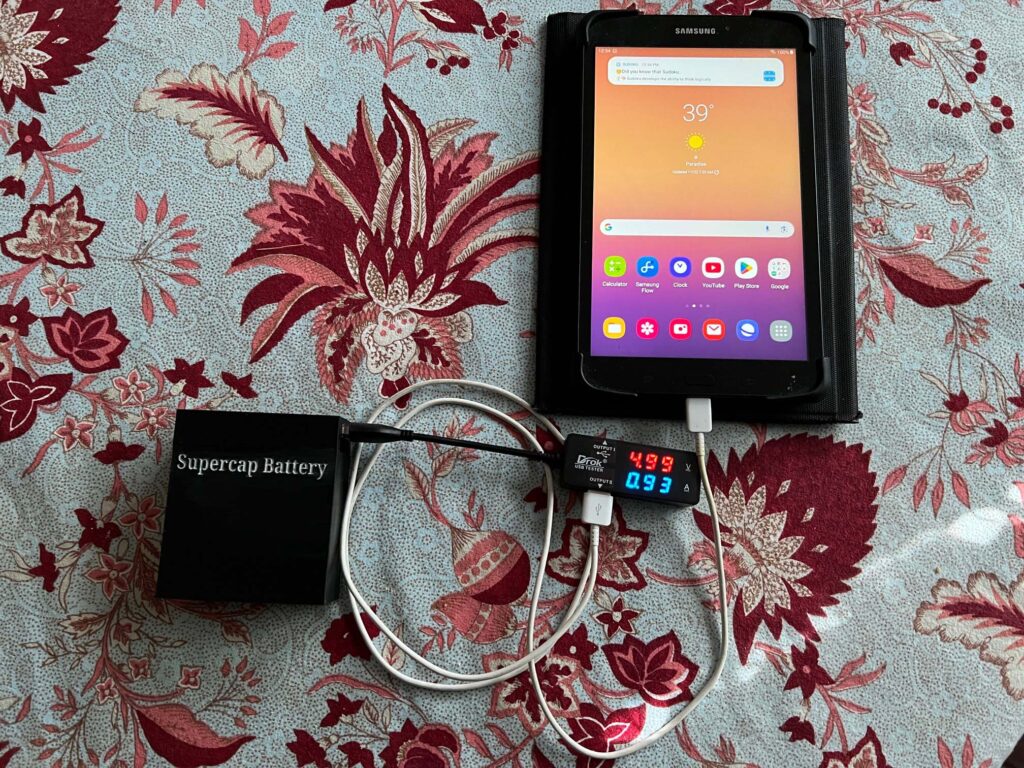
Second Quarter LV Mesh Group Breakfast
Weekly LV Mesh Group NET
Every Sunday starting at 6:45 pm there is a NET using Team Talk 5 (similar to Zoom) over the LVMesh Network. If you would like to participate, please contact Tom, KB7HTA, for more information. His contact information is available through QRZ. The NET usually sees about 7 regulars, Frank (N7ZEV), Dale (WA6MZW), Robert (N7GET), Don (KE6BXT), Tom (KB7HTA), Steven (N6SFX) and Wayne (N7HWM), with others joining in periodically.
AllStar Over LVMesh
AllStar over LVMesh has been tested, with encouraging results. A private connection from the QTH of KB7HTA through the Apex repeater site, KO0OOO repeater site, Potosi repeater site and finally to the W7HEN public hub at the QTH of K6FYN was made during the Henderson Sunday night NET on October 4th, 2020. The AllStar over LVMesh private network consists of Richard, KO0OOO (node#1500), Tom, KB7HTA (node#1501), Rick, K7FYI (node#1502) and Lawrence, k6YFN (node#1503). A few hardware improvements need to be made before testing continues.
Mesh Power Box
In working with mesh nodes, it was clear there was a need for a power box, which could supply both 12 volts and 24 volts. Even though, many nodes will operate using 12 volts, 24 volts is recommended. Also, the use of longer Ethernet cables, will drop the supply voltage significantly. In the “Projects” section, I have provided details on how to construct such a box.
